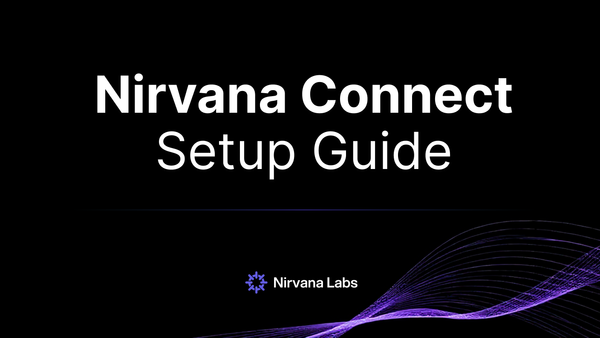Subgraphs Are Breaking Across Web3: Why is that and What to do?

Recently, Web3 teams are increasingly reporting the same pattern: Subgraphs are breaking. As blockchains speed up and block density increases, their subgraphs fall out of sync with the network. At first it’s just a little behind, then several blocks, then it might turn permanent. Suddenly the data your app serves is no longer aligned with on-chain reality, and your product becomes unreliable overnight.
What a Subgraph Does (And Why It Fails)
To understand where subgraphs break, let’s look at the basic pipeline:
RPC → Handlers → Database → API → App.
A subgraph has to pull logs, receipts, and traces from an RPC; run TypeScript mapping logic to decode and transform those events; write structured entities into a database; and finally serve them to your frontend over GraphQL. It is a classic ETL system disguised as a simple developer tool.
This worked when Ethereum produced 12–15 second blocks and datasets were small. It breaks the moment you expose it to modern chain conditions.
Chains like Base, Arbitrum, and Polygon now routinely produce 1–2 second blocks (with peaks well under 1 second) and far denser payloads; higher gas limits mean far more logs per block that your handlers must decode before the next block arrives. Modern contracts introduce deeper call stacks that require heavy trace retrieval and decoding - one of the most CPU and I/O intensive operations on VM-based infrastructure.
Meanwhile, raw datasets have exploded (Solana ~400–500 TB unpruned, Sui ~120–180 TB, Aptos ~80–120 TB), making backfills slow and expensive. And because most teams scatter their RPC nodes, indexers, and databases across different clouds, every hop across public networks adds jitter that accumulates block after block.
It breaks because your subgraph is bound by RPC latency, CPU time, and disk throughput and all three are routinely slower than the chain. When the time it takes your subgraph to process a block becomes greater than the time it takes for the chain to produce the next block, you fall behind forever.
Once you see this clearly, the conclusion is simple:
The subgraph is not the slow part. The infrastructure underneath it was never built for chains moving this fast.
Breaking down the bottlenecks (Not one, but layers)
- RPC layer – The first and hardest bottleneck. Everything depends on it: block progression, log retrieval, trace calls, contract reads. Any latency spike or temporary rate limit slows the entire system.
- Handler execution – Cloud VMs suffer CPU steal, shared IOPS, and inconsistent performance. Dense blocks take longer to decode; longer decode times create queues; queues turn into drift.
- Storage throughput – Indexing is write-heavy, and cloud disks throttle under sustained load. Once writes slow down, handler output stacks in memory and the entire loop backs up.
- Public internet transfer – RPC to handler to database hops across clouds add small inconsistencies that compound when blocks arrive every second or two.
- Backfills – Rebuilding history requires huge log and trace reads across tens or hundreds of terabytes. On unoptimized infrastructure, this takes days or weeks. One mapping change forces teams into multi-day rebuild cycles.
What Actually Works in Production Today
Nirvana: The Performance Cloud for Web3 Nirvana solves subgraph drift by replacing the weakest part of the system: the RPC latency and the environment the data transfer runs on.
- Colocation Near Chain Hubs along (The Biggest Win)
Instead of scattering RPC nodes, indexers, and databases across different clouds, Nirvana colocates everything in the same physical data center — right next to major chain hubs.
Customer workloads live alongside their dependent infrastructure: your archive/trace node, indexer, and database are inches apart, connected via private cross-connects with zero public-internet hops. - Dedicated Infrastructure (Predictable, Consistent Performance)
Your subgraph is bound by RPC latency, CPU time, and disk throughput - and all three must be faster than the chain. Nirvana provides dedicated compute, high-throughput NVMe, and a lightweight hypervisor VM without the jitter. Heavy trace decoding, log processing, and handler execution stop stalling whenever blocks spike. - Private Networking (Private Data Flow)
All communication between RPC, indexers, and databases runs over deterministic, low-latency private links. This removes the network jitter and variable cross-cloud routing that typically causes subgraphs to drift.
In short: Nirvana gives your subgraphs an environment that is finally faster than the chain itself.
Get in Touch
If your subgraphs support higher-throughput chains, Nirvana can help you rebuild your data pipeline on infrastructure designed for real-time indexing.
Reach out now. We’ll help you fix the foundation layer so your product can scale with the chain/ chains.




